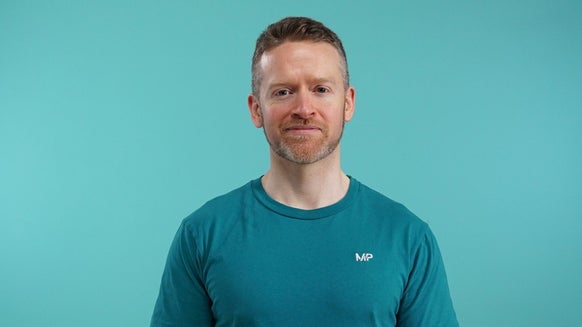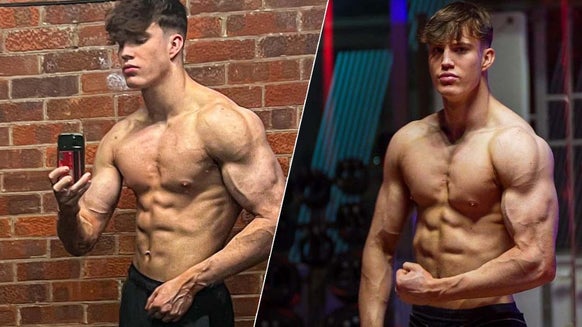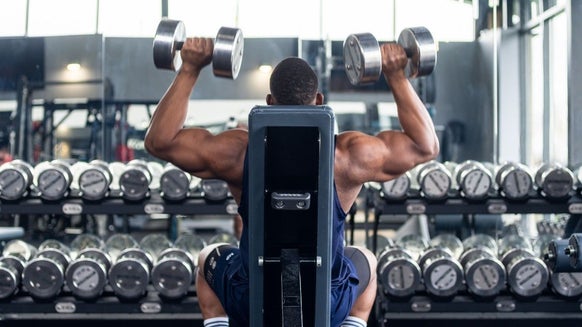Five Lunge Variations To Spice Up Your Leg Day | Myprotein Masterclass
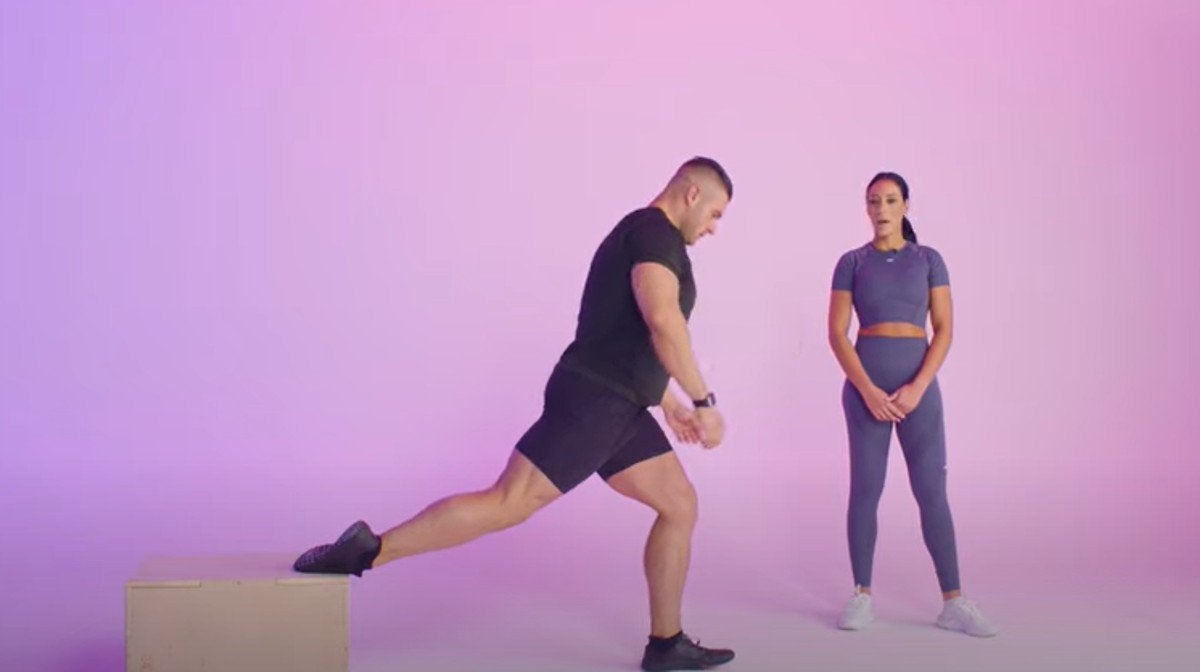
Myprotein Masterclass, the series where our PTs breakdown key exercises to help you work on your technique. This week, lunges.
Personal trainers Kay Johnson and Chris Broomhead walk through the five best lunge variations to add to your next leg day. Chris performs the exercises with no additional weight, but when you’ve mastered your form adding a barbell or some dumbbells make these the perfect exercises for building muscle.
Front lunge
- Place your feet shoulder width apart
- Bring right leg forward putting your heel down first
- Plunge your back leg to the floor with a bend at the knee
- Your back knee should be touching the floor gently, all tension should remain in the front leg
- Bring your right leg back up by pushing through your hamstring and quads
- Complete the process on the opposite legs.
Tip: keep your back straight and ensure your back knee touches the floor to get a full range of motion.
Curtsy Lunge
- Point both feet forwards
- Take your right leg backwards in a diagonal motion
- Your right leg will bend at the knee and touch the floor gently.
- Bring your right leg back up
- Complete the rep on the other leg
Tip: put your hands on your hips to increase stability and keep your toes pointed forwards throughout the exercise.
Lateral Lunge
- Start on your right leg, placing your left leg and foot facing forwards
- Your right leg is going to come completely out to the side
- The toes on your right side will be following the line of your knee
- As you lunge onto your right knee, bend you knee fully so it goes over your toes
- Then push back up through your right leg until your in the standing position
Tip: keep your torse up and straight. When performed correctly this mostly targets the inner thigh and the glutes
Elevated back lunge
- Put one foot onto the elevated platform (a box or a chair if you’re working out from home)
- Your shoelace should be flat against the box
- Take a big leap forward with your other foot
- Put your hands on your hips for stability
- Drive your back knee all the way down (doesn’t have to touch the ground)
- Your front knee can go slightly over your toe
Tip: if your front leg is closer to your back leg, the focus will be on your quads.
Jump Lunges
- Sink into the lunge position
- Jump up and as you do, switch your legs over
- Land on the middle part of your foot
- To make the exercise more difficult, you can jump higher
- To make the exercise easier, complete reverse lunges at a faster pace
Tip: lean forward to help with stability
Take Home Message
Lunges will be all the rage for your next lower body workout, perfect for targeting your quads, hamstrings, glutes and calves.
Remember to subscribe to the Myprotein YouTube channel so you don’t miss an episode of the Myprotein Masterclass.
READ MORE HERE:
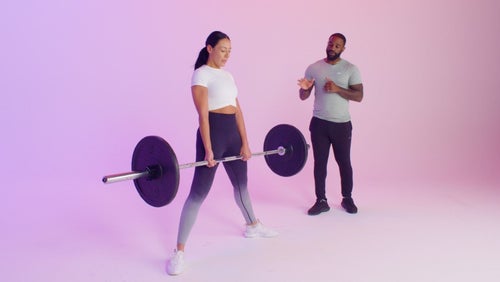
Five Best Deadlift Variations | Myprotein Masterclass
They're sure to target your glutes.
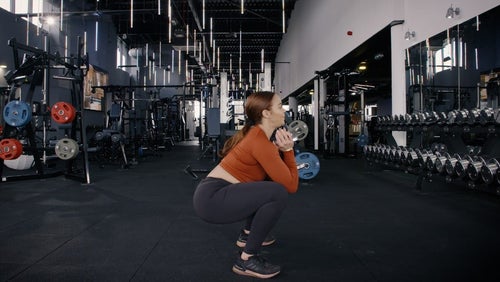
Grow Your Glutes & Legs With These 5 Squat Variations | Myprotein Masterclass
Master leg-day with the help of our pros.
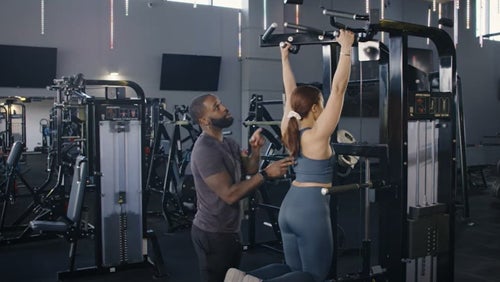
How To Do A Pull Up: Correct Form & Technique | Myprotein Masterclass
Target your back, shoulders and arms with this simple exercise.




